A snapshot of the history of Japanese art - Part 2
Today we are going look at the later periods of Japanese art in a little more detail, starting from the Edo Period onwards, as seen in the timeline,1 below:
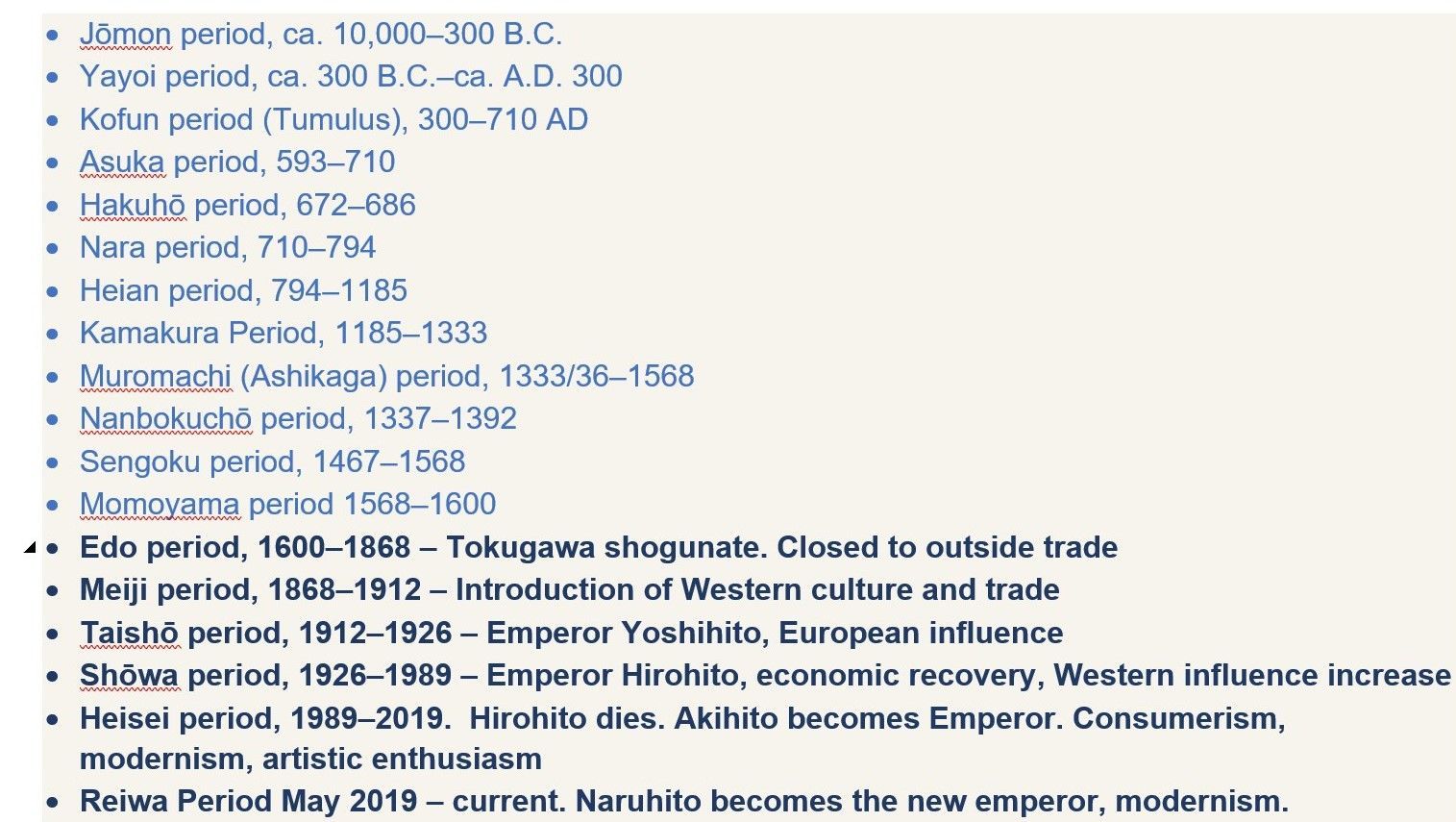
The Edo Period (1639 - 1858)
During the Edo period, almost 400 years ago, Japan was under the rule of the Tokugawa shogunate. Whist the Emperor still existed, the Shogun was the supreme ruler, and below him were the feudal lords, then the samurai, the farmers and artisans, and lastly, the common people. It was a time of economic growth, strict social order (controlled by the 300 feudal lords and the samurai), no wars, isolationist foreign policies, and a closed, but flourishing, arts culture.
Japan was in a period of seclusion from the outside world, and only one international port remained active. The Shogun of the day ordered that an island be built off the shores of Nagasaki from which Japan could receive imports. This meant that ordinary people had no access to traders and external influences, and incoming goods could be carefully censored and monitored.
Holland was the only country allowed to trade with Japan, however, even this small amount of outside contact still enabled Japanese art to influence the West.
Through the closed era, Japanese goods remained a sought-after luxury by European monarchs, particularly decorated porcelain. Japanese manufacturers were aware of this popularity in Europe; and so some products were specifically produced for the Dutch trade. Porcelain and lacquerware were the initial exports from Japan to Europe. Porcelain was used to decorate the homes of monarchs in the Baroque and Rococo style.2
The Great Wave off Kanagawa by Katsushika Hokusai (1760-1849) is undoubtedly one of the most famous works of the Edo Period of Japanese art. It is no coincidence that the theme of this much-loved woodblock print is the formidable power of nature, and that it contains the majestic Mount Fuji. It was one of “The Thirty-six views of Mt. Fuji”, some of which are shown below:
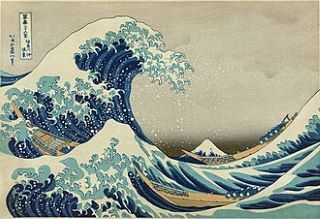
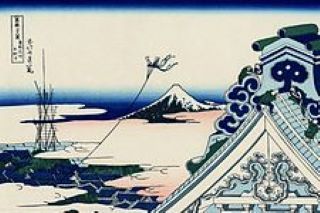
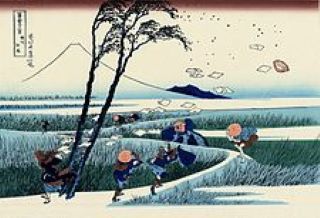
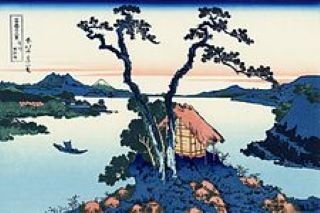
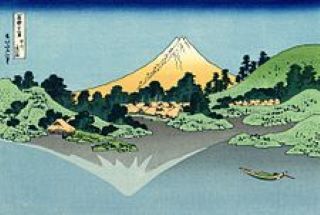
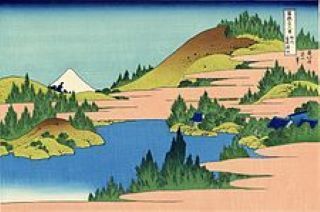
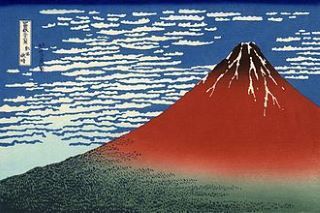
If you would like to read more about the life and art of Hokusai in Anne's earlier blog, please click here.
The Edo era also produced some of the most exquisite paintings of beautiful women:

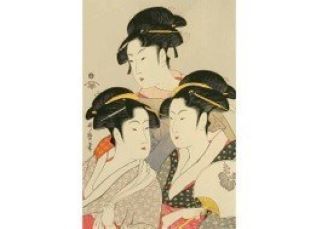
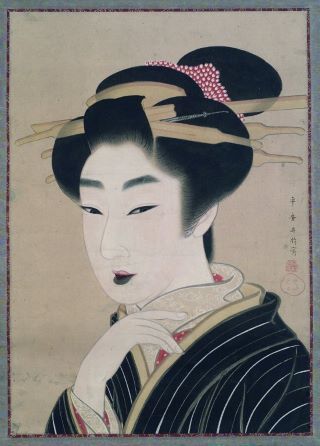
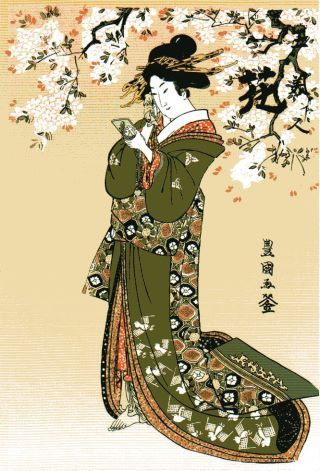
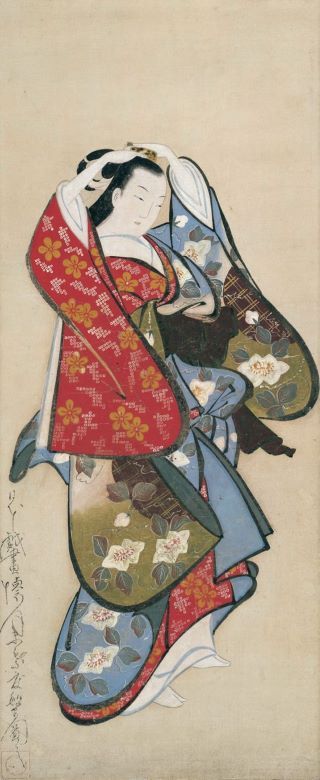
The Meiji period (1868-1912)
From 1848 or so, after more than 200 years of seclusion, foreign merchant ships of various nationalities began to visit Japan, most notably the American Commodore, Matthew Perry. He was sent by the President to further expand their desires for trade in the region. His arrival in 1853 and again in 1854 undoubtedly contributed to the collapse of the Tokugawa rule. Western influences led to dissatisfaction of the people with the controlling shogunate regime. After a period of internal fighting, the emperor, Emperor Meiji, was restored to the throne in 1868 and Japan slowly began to open to imports from the West, including photography and printing techniques.
With this new opening up of trade, Japanese art and artifacts began to appear in small curiosity shops in Paris and London. Thus began a craze for collecting Japanese art, particularly ukiyo-e. “Ukiyo-e” literally means "pictures of the floating world.” They were sold in curiosity shops, tea warehouses, and larger shops. Shops such as La Porte Chinoise, in particular, attracted artists James Abbott McNeill Whistler, Édouard Manet, Claude Monet, Edgar Degas, Mary Cassatt and Vincent Van Gogh who drew inspiration from the prints. European artists at this time were seeking an alternative style to the strict academic methodologies. Gatherings organized by shops like La Porte Chinoise facilitated the spread of information regarding Japanese art and techniques.2
Ukiyo-e prints were one of the main Japanese influences on Western art. Western artists were inspired by different uses of compositional space, flattening of planes, and abstract approaches to colour. An emphasis on diagonals, asymmetry, and negative space can be seen in the Western artists who were influenced by this style2. We will look at this in more detail in forthcoming posts.
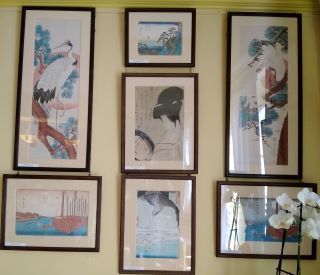
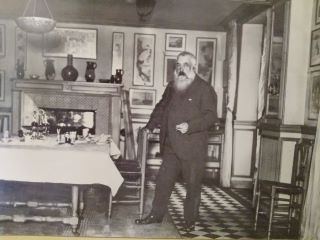
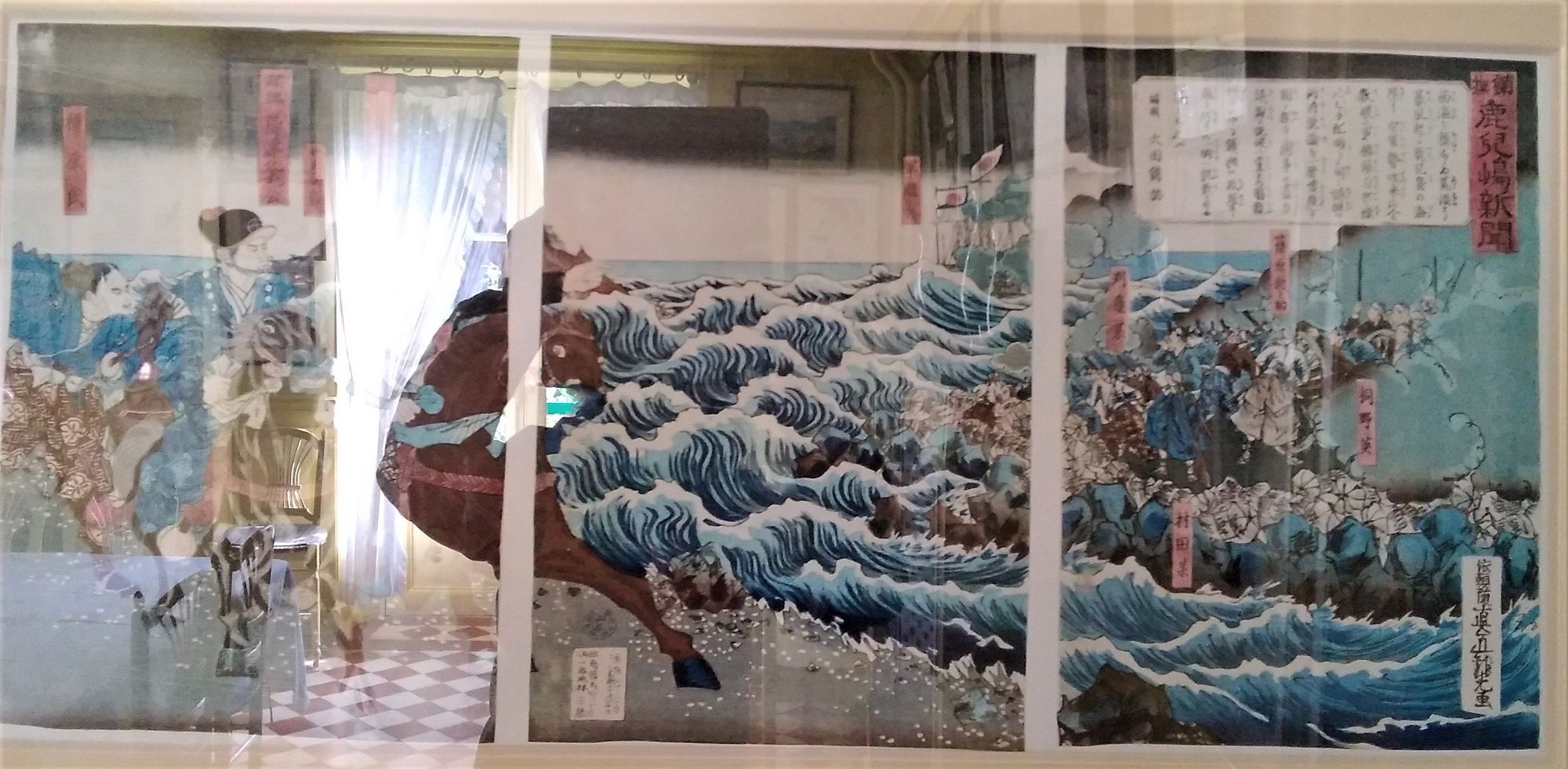
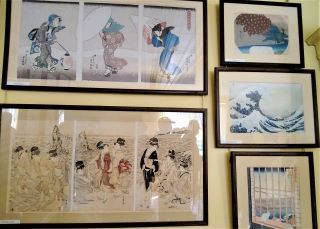
The Taisho Period (1912 - 1926)
The Meiji, Taisho and Showa periods are all divided into, and named after, the time period of the reigning emperor. Each emperor is the son of the previous emperor. Each period is characterised by different political, industrial and economic factors, and a growing Western influence, which began with the Meiji period. The First World War occurred during this period, when Japan sided with the Allies against Germany, and derived much economic benefit from doing so.
The Taisho period is often considered the first era of modern Japan, when western influences developed further after the war as Japan prospered economically. These co-existed with tradition, and this was also reflected in the art and architecture of the time.
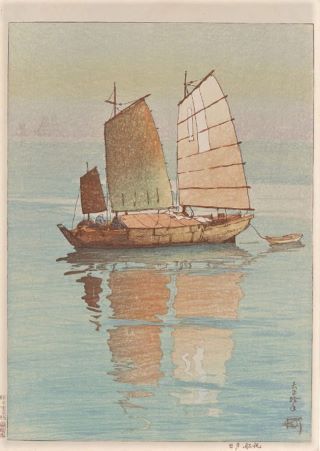
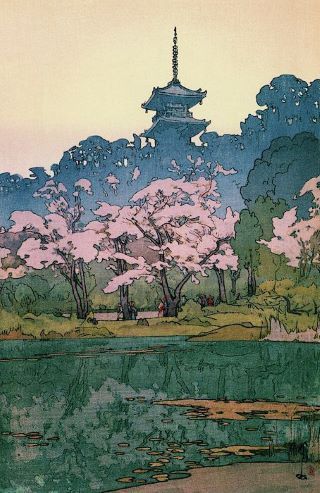
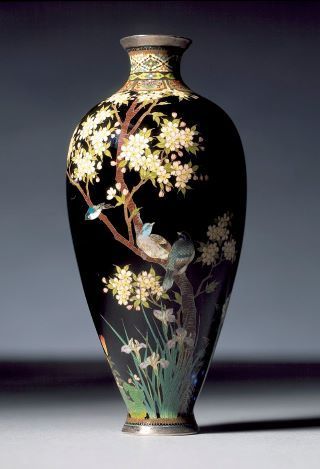
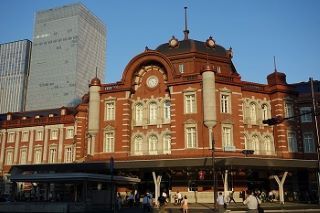
The Showa Period (1926 -1989)
The Showa period started in December 1926 when Hirohito (son of Emperor Taisho) became Emperor, and ended in January 1989 with his death. This period can be divided into pre-World War II, a time of increasing militarisation and imperialistic ideals, and post-World War II, after surrendering in 1945.
The country then became a democratic nation and experienced an amazing economic recovery, becoming a prosperous, industrialized country and one of the largest economies in the world.
Likewise, the styles of art can be divided into the same two periods. Art was typically traditional before 1945, but afterwards became even more influenced by the West, particularly the USA which, ironically, became it's greatest economic partner.
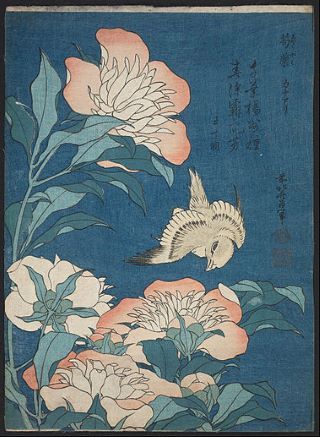
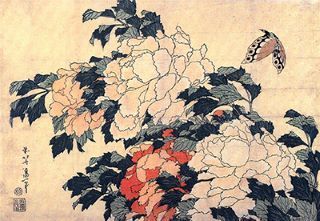
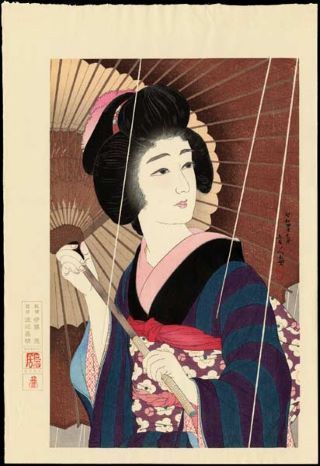
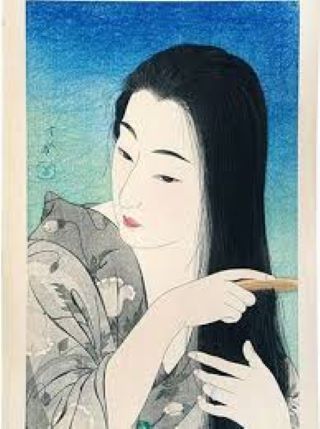
The Heisi Period (1989 - 1 May 2019) and Reiwa Period (1 May 2019 - current)
The truly modern era, continuing today, began in 1989 with the death of Emperor Hirohito, (who was ruler during the Second World War). His son Akihito took over until he abdicated on 1 May, 2019. Naruhito, his son, is now the current emperor, but largely has only a ceremonial role. Power is vested in the Prime Minister and his Cabinet, and the Emperor is the revered "heavenly sovereign" and the Head of the Shinto religion. 2
Japan is still very much a mixture of the old and new, and this is reflected in the variety of its art styles and media. It is steeped in tradition, but is also a technologically and industrially advanced country. It is grappling with all sorts of social and political issues, including the problems of an ageing society, privatization of governmental organizations, and the effects of a number of devastating natural disasters.
Most recently, Japanese pop culture, especially in the form of manga and anime (cartoons and comics), is now a craze all over the world. Japanese artists, using all kinds of traditional and new forms of media, continue to be very prominent on the world stage.
Footnotes
- Courtesy of artmuseum.princeton.edu
- Courtesy of Wikipedia.com
